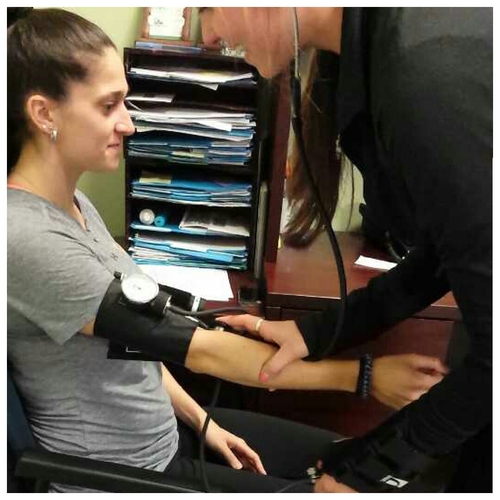Blood pressure is the measure of forces pushing outwards on your arterial walls during both the contraction and relaxation of the heart. The top number called your systolic blood pressure is the force as blood pumps out of the heart and into the arteries. The bottom number called your diastolic blood pressure is the force while the heart rests between heart beats.
Your arteries are made up of muscle and semi flexible tissues that stretch like elastic. The more force exerted on the walls, the more of a stretch results. If the tissue is stretched beyond the healthy limit repeatedly, this results in arterial dysfunction. This increase in workload and the poor contraction-relaxation coupling results in high forces on the walls, referred to as hypertension. Untreated hypertension can lead to vascular weakness and scarring which can increase your risk for stroke, aneurysms, and blood clots.

Over 76 million Americans have high blood pressure; this means one in three adults will be diagnosed with it at some point. These are some of the best ways to manage your blood pressure:
- Manage Stress
- Stay Physically Active
- Eat a Healthy Diet
- Maintain a Healthy Weight
- Refrain from Smoking
- Limit Alcohol
- Reduce Sodium Intake
Below is a chart from the American Heart Association that defines the cutoff points for healthy levels of both the systolic and diastolic values. It is a great idea to have your blood pressure measured on a regular basis because the earlier a problem is detected, the sooner you can make lifestyle adaptations.

